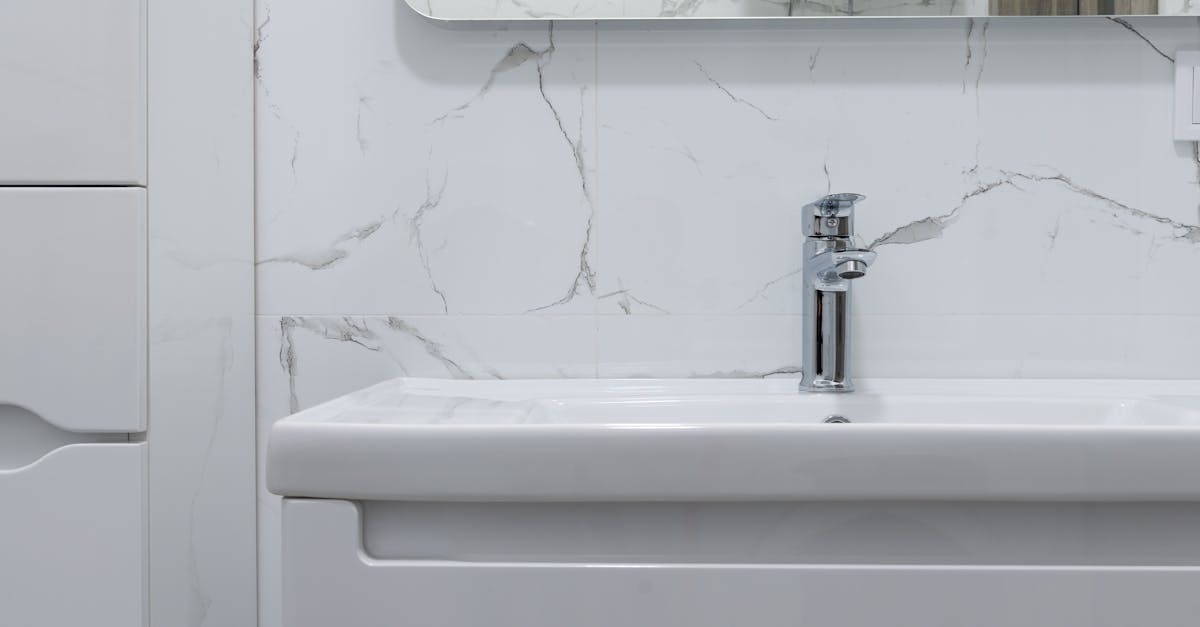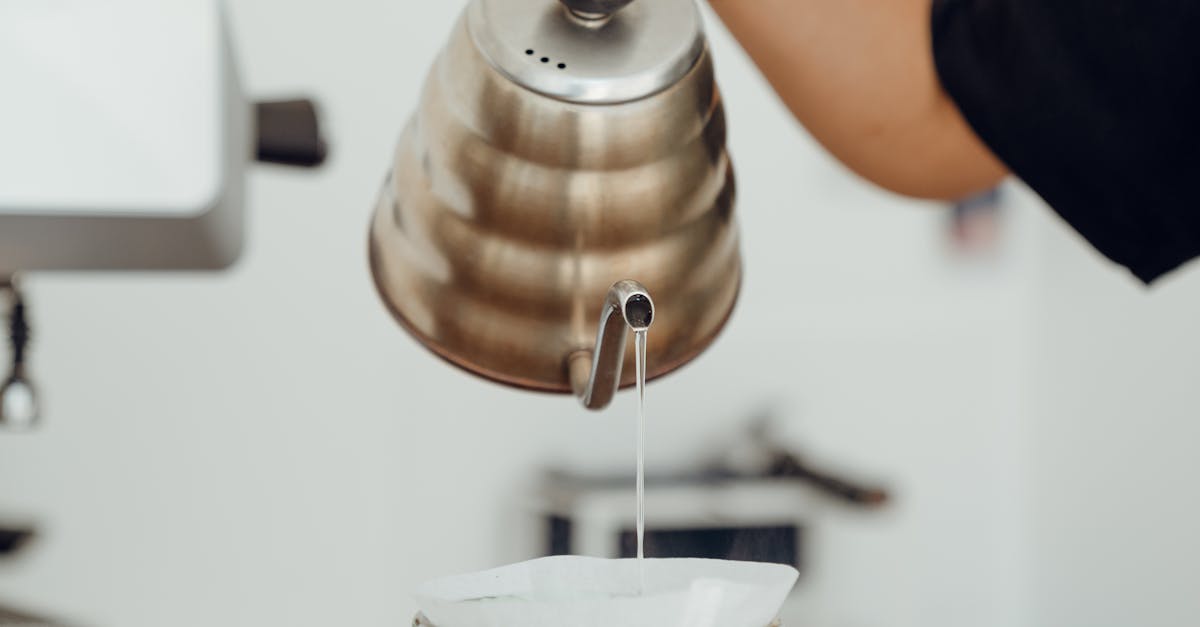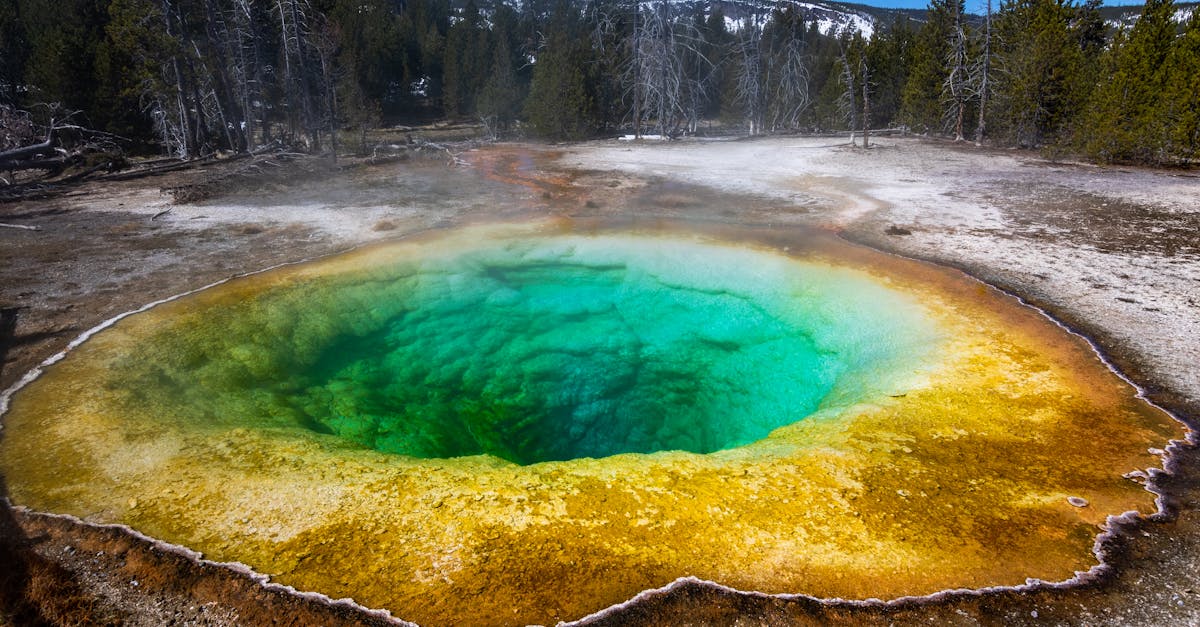
Table Of Contents
Troubleshooting Tips for Rheem Thermocouple Issues
When facing issues with the Rheem thermocouple in your hot water system, troubleshooting is essential to diagnose the problem accurately. One common problem is a faulty thermocouple preventing the pilot light from staying lit. In such cases, a simple test can help determine if the thermocouple is functioning correctly.
To test the Rheem thermocouple, start by locating it near the pilot light. Ensure the pilot light is on, then use a multimeter to check the thermocouple's voltage output. A functional thermocouple will typically generate around 25 millivolts. If the reading is significantly lower or nonexistent, it is likely that the thermocouple is faulty and needs to be replaced to restore the proper operation of your hot water system.
Cleaning the Pilot Tube
Cleaning the pilot tube in your Rheem hot water system is essential for optimal performance. Over time, debris and dirt can accumulate in the tube, leading to blockages that hinder the flow of gas. To clean the pilot tube, start by ensuring the gas supply is turned off. Then, carefully detach the tube from the gas valve and pilot assembly. Clean the tube using a soft brush or compressed air to remove any obstructions. Once cleaned, reattach the tube securely to the gas valve and pilot assembly, ensuring there are no leaks.
Regular maintenance of the pilot tube is crucial to prevent issues with your Rheem hot water system. By incorporating pilot tube cleaning into your maintenance routine, you can ensure that the gas flow remains unobstructed, allowing the pilot light to burn steadily. This simple task can go a long way in preserving the efficiency and longevity of your hot water system. Remember, if you encounter persistent issues even after cleaning the pilot tube, it may be necessary to seek professional assistance for further Hot Water System Troubleshooting.
Importance of Regular Maintenance for Rheem Thermocouple
Regular maintenance is crucial for optimal functioning of a Rheem thermocouple within a hot water system. Conducting routine checks and upkeep ensures that the thermocouple operates efficiently and extends its lifespan. Australian users are encouraged to adhere to the maintenance schedule recommended by Rheem to prevent potential issues and maintain the performance of their hot water systems. Neglecting proper maintenance can lead to thermocouple malfunctions, resulting in inconsistent water heating or complete system failures. By incorporating regular maintenance practices into their routine, users can avoid unnecessary disruptions and costly repairs related to their Rheem thermocouple.
Hot Water System Troubleshooting involves inspecting the thermocouple, pilot tube, and other components for any signs of wear, corrosion, or blockages. Australian users are advised to clean the thermocouple regularly to remove any accumulated dirt or debris that may affect its performance. Additionally, checking the gas pressure and ensuring proper ventilation around the hot water system are essential maintenance tasks to uphold the efficiency and safety of the Rheem thermocouple. By staying proactive with maintenance measures, users can enjoy consistent hot water supply and peace of mind knowing that their hot water system is functioning optimally.
Extending the Lifespan of the Thermocouple
Extending the lifespan of your Rheem thermocouple involves regular maintenance practices to ensure its efficiency and longevity. One crucial step is to inspect the pilot light regularly to ensure it is burning consistently and heating the thermocouple. It is recommended to clean the pilot tube periodically to remove any debris or blockages that can hinder its function. This simple maintenance task can significantly contribute to the overall performance of your Rheem hot water system.
Additionally, monitoring the condition of the thermocouple and promptly addressing any signs of wear or damage can help extend its lifespan. Keep an eye out for any rust, corrosion, or discolouration on the thermocouple as these can indicate potential issues. By staying proactive with the maintenance of your Rheem thermocouple, you can ensure a more reliable hot water system and avoid unnecessary disruptions. Hot Water System Troubleshooting can often pinpoint minor issues before they escalate, ultimately prolonging the lifespan of your thermocouple.
Ensuring Safety While Testing Rheem Thermocouple
When testing a Rheem thermocouple, safety is paramount to prevent any accidents or injuries. The first step in ensuring safety is to turn off the gas supply to the hot water system. This can typically be done by locating the gas shutoff valve near the water heater and turning it to the off position. This precaution is essential to avoid any gas leaks or fires while working on the thermocouple.
Additionally, before testing the thermocouple, it is crucial to allow the system to cool down sufficiently. Attempting to test the thermocouple on a hot system can result in burns or other heat-related injuries. Taking the time for the system to cool ensures a safer environment for carrying out the necessary tests. Prioritising safety measures during the Hot Water System Troubleshooting process is crucial to protect yourself and others from potential hazards.
Turning off the Gas Supply
When dealing with the testing of a Rheem thermocouple, safety should always be the top priority to avoid any potential gas leaks or accidents. One crucial step before conducting any tests on the thermocouple is to turn off the gas supply to the water heater. This not only ensures the safety of the person performing the test but also prevents any gas from leaking out during the process. Remember, ensuring proper safety measures during Hot Water System Troubleshooting is essential to prevent any mishaps.
To turn off the gas supply, locate the gas valve on the water heater and rotate it clockwise until it is completely closed. It is important to make sure that the valve is fully shut to prevent any gas from flowing into the water heater during the testing process. Once the gas supply is turned off, you can proceed with testing the thermocouple following the recommended procedures. Always remember to double-check that the gas is off before starting any work on the thermocouple to avoid any potential hazards.
FAQS
How can I tell if my Rheem thermocouple is faulty?
Common signs of a faulty Rheem thermocouple include the pilot light going out frequently, the burner not staying lit, or the gas water heater not producing hot water.
Can I test the Rheem thermocouple myself?
Yes, you can test the Rheem thermocouple yourself by following the manufacturer's instructions and using a multimeter to check for continuity.
Is it important to regularly clean the pilot tube of the Rheem thermocouple?
Yes, it is important to regularly clean the pilot tube of the Rheem thermocouple to ensure proper functioning and prevent issues like blockages or obstructions.
How can I extend the lifespan of my Rheem thermocouple?
You can extend the lifespan of your Rheem thermocouple by performing regular maintenance, keeping it clean, and ensuring that it is properly adjusted and aligned.
What safety precautions should I take while testing the Rheem thermocouple?
When testing the Rheem thermocouple, always ensure to turn off the gas supply, follow safety guidelines provided by the manufacturer, and wear appropriate protective gear to prevent accidents.





























